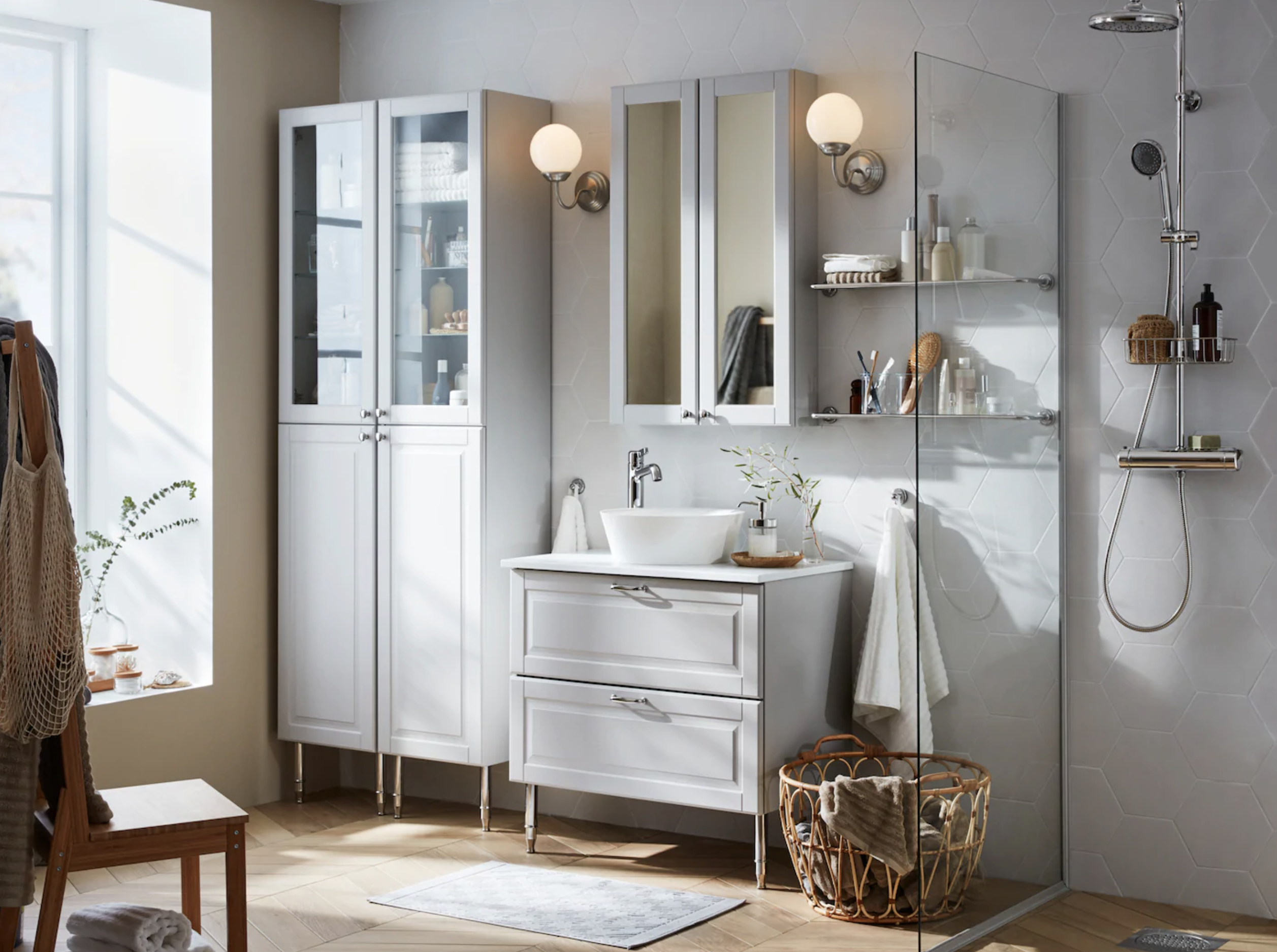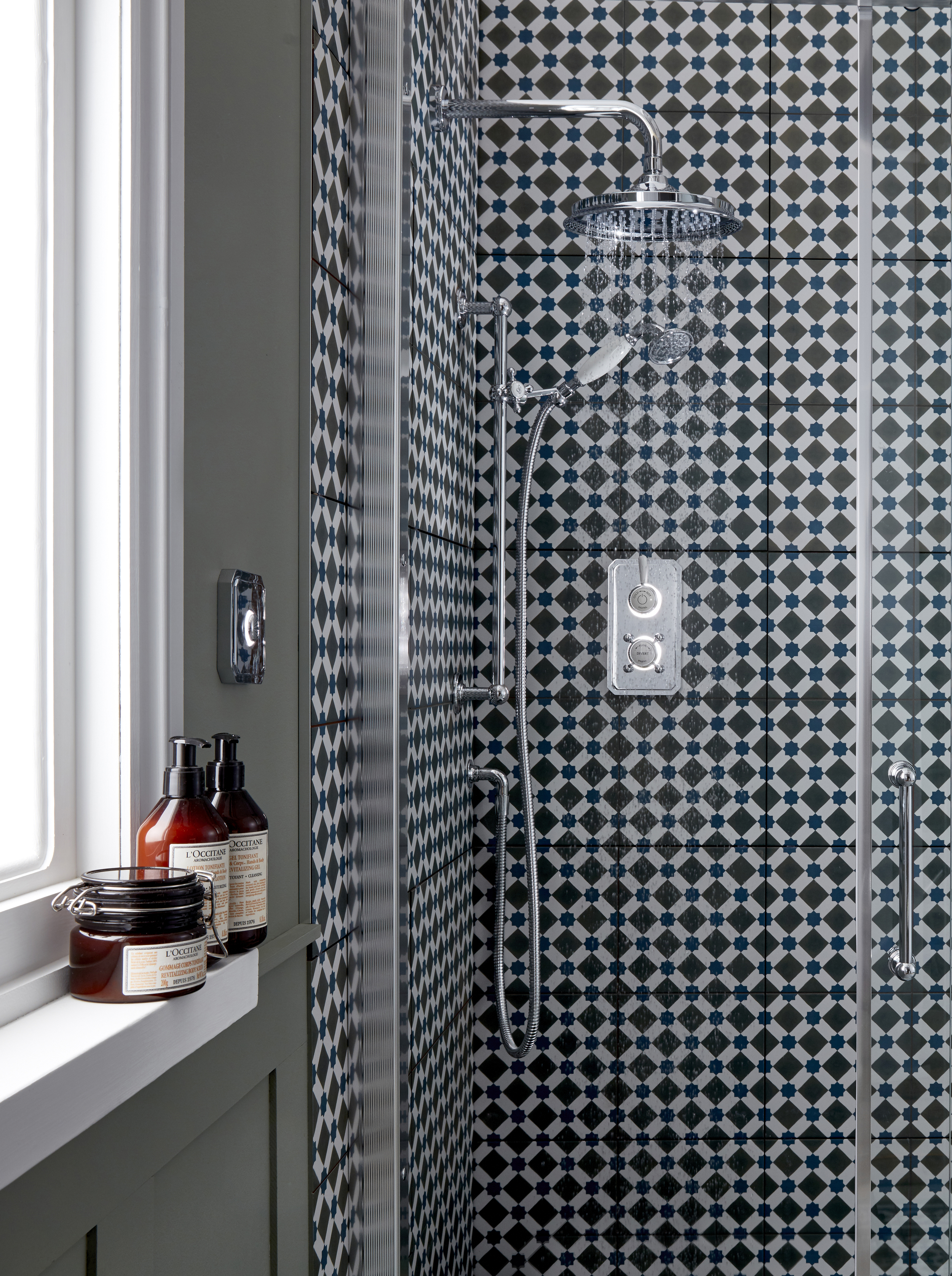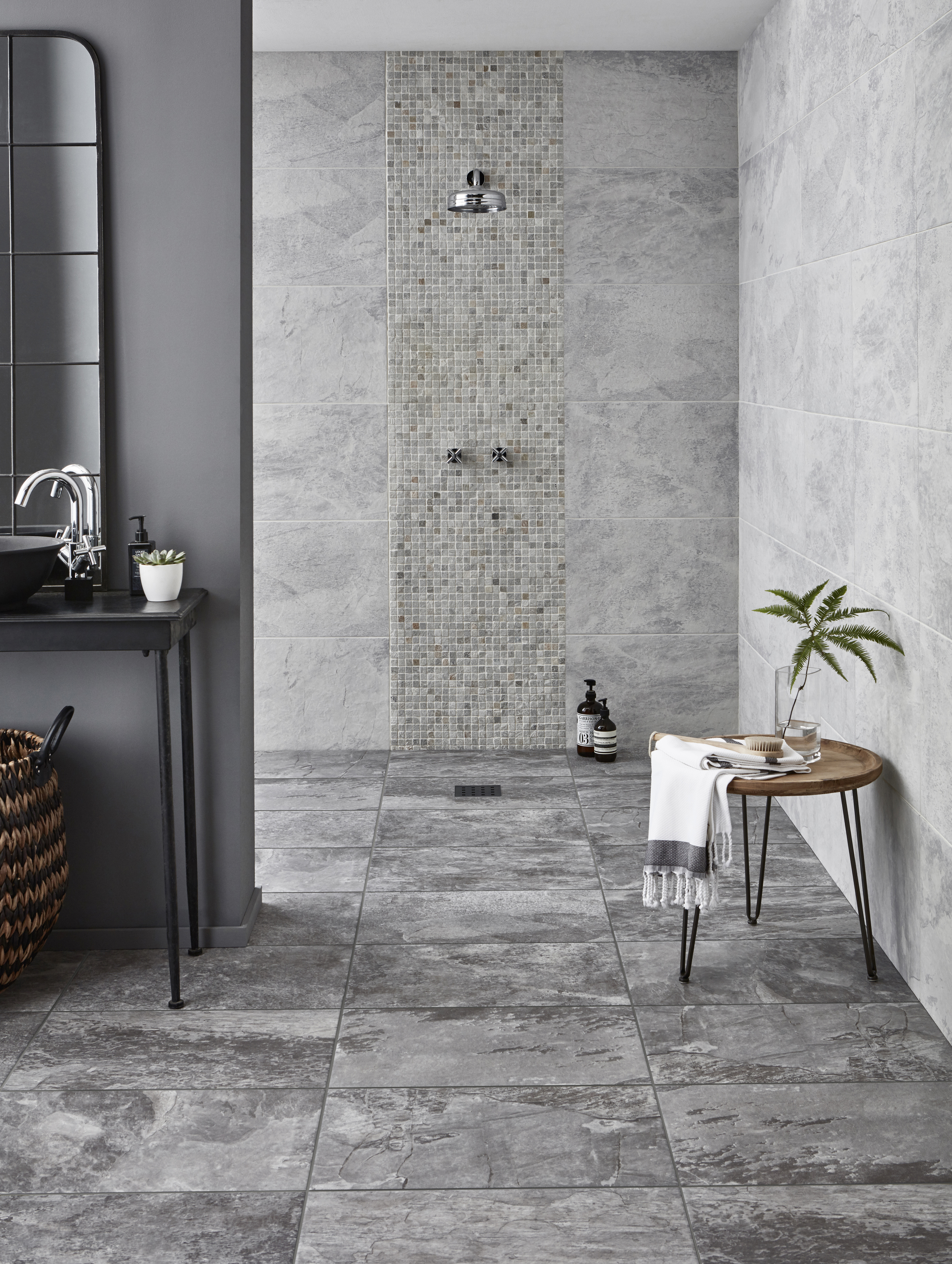How to choose the best shower for your bathroom
With so many types to choose from, picking the best shower can seem like a bit of an ordeal. Our expert guide takes the hassle out of choosing the right shower for your home...


On the hunt for the best shower? We know that when you're looking for bathroom ideas for a complete redesign or even for a simpler update, choosing the best shower for your bathroom is a crucial part of planning. Ultimately, it will mean the difference between a very satisfying shower, and a lukewarm trickle.
So if you don't know where to start, if you're wondering what is the best shower for a combi boiler, and so on, you can look to our guide, to discover the main types of shower available, and which is best suited to your home’s water system.
How to choose the best type of shower
Before you even start to think about the type of shower enclosure or shower head you need, get to know your bathroom's plumbing and water heating systems, whether for your family bathroom or for an en-suite bathroom. Unless you are willing to upgrade, you may be restricted by what is already in place, eliminating some of the options.
Electric showers
Quick and easy to install, electric showers draw on a cold-water supply and heat the water on demand so you can jump in at any time of day. They’re also extremely economic – up to 99.7 per cent energy efficient – as the cold water is heated by an element, providing hot water instantly, with no wastage. The higher kilowatt rating you choose, the better the flow will be.
Mixer showers
Mixer showers draw from both hot and cold water supplies and usually deliver higher flow rates. The shower works by mixing hot and cold water within the unit and then delivering it through the showerhead, which can be fixed, adjustable, or as a handset on a riser rail. They’re ideal for homes with readily available hot water, such as a combination boiler or large-capacity hot-water cylinder. If required, a pump can be added to a low-pressure, gravity-fed hot water system to increase water pressure.
Get small space home decor ideas, celeb inspiration, DIY tips and more, straight to your inbox!

Thermostatic showers
Once you have set your ideal temperature, thermostatic electric and mixer showers will automatically ensure this remains virtually constant – even if someone turns on a tap elsewhere in the house. Although temperature-stabilised electric showers provide adequate temperature control for most homes, the demand for thermostatic peace-of-mind is growing, particularly if children or elderly people need to be taken into account.
Water saving shower heads
Eco showers limit the flow of water to an efficient, usable level no matter what your household pressure system, whilst maintaining your selected temperature. Available in both electric and mixer variations, they can offer up to 50 per cent reduction in water usage when compared to conventional mixer showers.
Digital showers
Available in either mixer or electric variations, digital or remote control showers are an increasingly popular choice as they offer a combination of state-of-the-art bathroom technology, stylish design and ease of installation. The shower is controlled by a panel, which can be located within a 10-metre radius, giving you more freedom in your bathroom layout.
The panel then communicates with the power unit, located either in the loft or airing cupboard, to adjust the flow and temperature of the water. Water at a preferred temperature is then delivered through the ceiling or wall to the showerhead, and there is no unsightly plumbing visible.

How to identify your water system
High-pressure water systems
If you have a hot water tank, usually located within an airing cupboard, but don’t have a cold water tank in your loft, then you have an unvented high-pressure system. This can look similar to a low-pressure system, so always check to avoid any confusion. If you have a combination boiler, which heats water on demand so there is no hot water storage cylinder or cold-water tank, then you have a high-pressure system.
Low-pressure water systems
If you have a cold-water tank in your loft and a hot-water tank in your airing cupboard, then you have a gravity-fed system. It’s the most common household plumbing system and means that you have a low-pressure water system.
Having low pressure need not limit your choice of shower type – power showers are designed to offer optimum performance within a low-pressure scenario. And if your hot water cylinder is large enough, you could choose to boost your system pressure with a pump, which can enable you to have a mixer shower, if you desire.
Cold mains water supply
If cold water comes into your property through a rising main then you have a cold mains system. Most electric showers can simply be connected to a cold water mains supply – all you need to do is choose a style to suit your bathroom scheme. However, if your cold mains water supply does not have the required minimum pressure for such showers, a tank-fed, pumped electric shower would be a good choice.

How to choose the best shower heads
Whether your shower will be over the bath, in a wet room, or in its own cubicle, there are a few choices.
Shower taps
Some bath taps come with a shower head attached. You can get a rail to hold the head, but they are often fitted as part of a freestanding bath, perhaps away from a wall and intended to be hand held. As such, they are generally best for those who prefer to sit in the bath and rinse their hair, and are also good for bathtime for those with young children.
Fixed shower head
This type of shower head (as the name suggests) is fixed through the ceiling or on an arm from the wall. Generally the shower rose will have one flow pattern (although some may be adjustable) and they are often found in wetrooms. For versatility, you may pair it with a handheld shower head, and switch between the two during use – although some can be operated at the same time.
They are sometimes referred to as rainfall, or rainforest showers and can offer a really luxurious showering experience if high-pressure.
Handheld shower head
Handheld showers tend to have a head that can offer both jet and spray options for varied use. They are also offer better reach and flexibility than fixed shower heads. Don't worry, you won't have to hold it for the length of your shower – they can be paired with a wall-mounted slider rail kit.
How to choose the best shower enclosure, screen or door
While there are a number of shower cubicles and screens available, here are the most common and popular shower enclosures on the market today:
Single-door quadrant shower
Quadrant shower enclosures are perfect for any bathroom that may have tight corners or are lacking in space. They will fit snugly into any corner meaning no area is wasted. You can choose from a single door opening or to minimalise space even further choose a sliding door option.
Hinged shower doors
If space isn’t a problem and a sliding door is not necessary a hinged door is practical and stylish. There are a huge array of modern shower encloses with hinged doors to choose from, they open outwards into the bathroom and come complete with a variety of chrome, brass or metal fittings.

Sliding shower doors
If you want a streamlined, modern looking shower enclosure a sliding door will be perfect for you – a practical and stylish option. Also, ideal if space saving is high up on your list of requisites. There are different glasses to choose between, however they work best using a clear, strong, toughen glass.
Bi-fold Shower doors
Many shower doors require you to have a certain amount of free space outside of the shower enclosure to allow the door to open fully. Bi-fold shower enclosures, also known as in-fold, are the ideal space saving buy. They fold in on themselves to make space for users to enter and exit the shower with ease.
D-shaped showers
D-shaped shower enclosures provide a spacious showering space and can make a bold statement in any bathroom. The three-sided shower enclosure is a unique style as it only requires one flat wall to fit the enclosure, opposed to using two wall spaces in the corner of a room. This grand showering space is growing in popularity.
Read more about kitting out your new bathroom:
Laura Crombie is a journalist and TV presenter. She has written about homes and interiors for the last 17 years and was Editor of Real Homes before taking on her current position as Content Director for Country Homes & Interiors, 25 Beautiful Homes Period Living and Style at Home. She's an experienced home renovator and is currently DIY-renovating a 1960s house in Worcestershire. She's been quoted on home design and renovating in The Times, The Guardian, The Metro and more. She's also a TV presenter for QVC and has been a commentator for Channel 4 at Crufts dog show.
